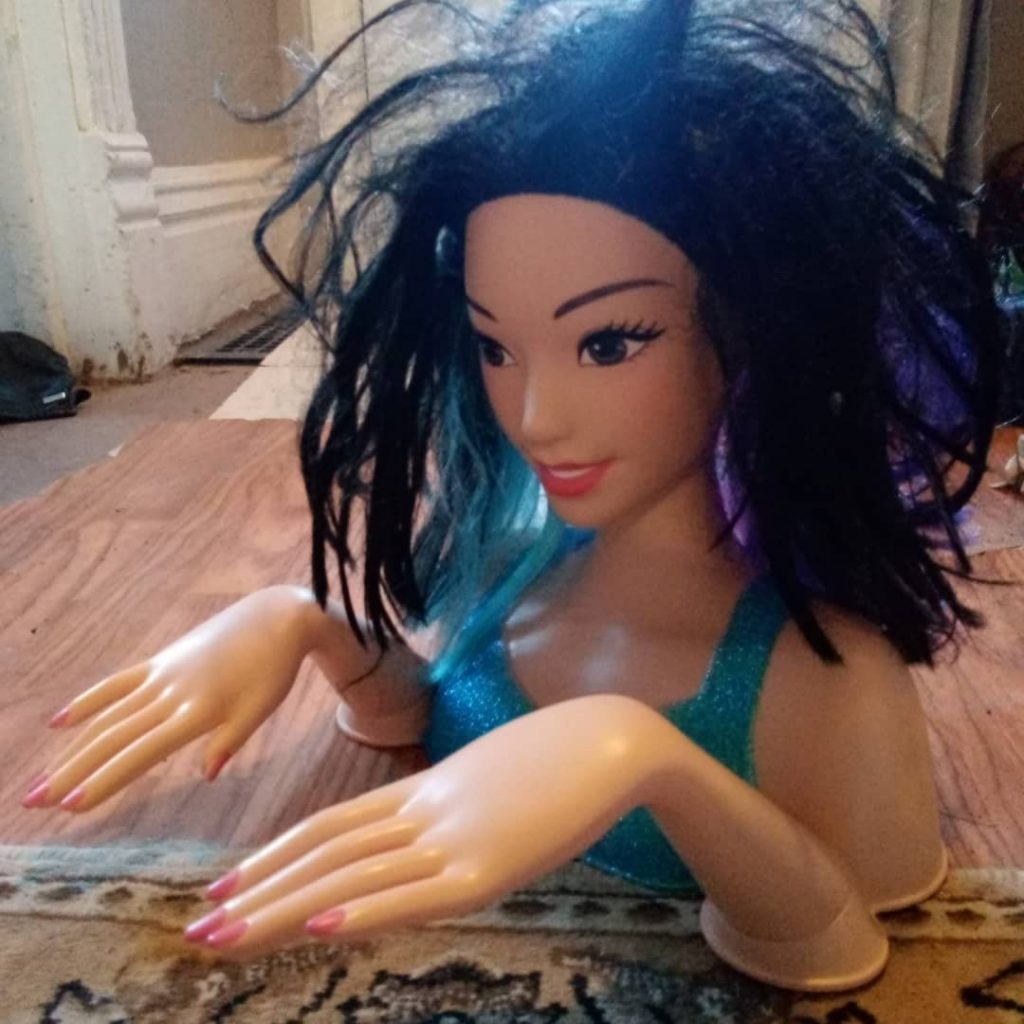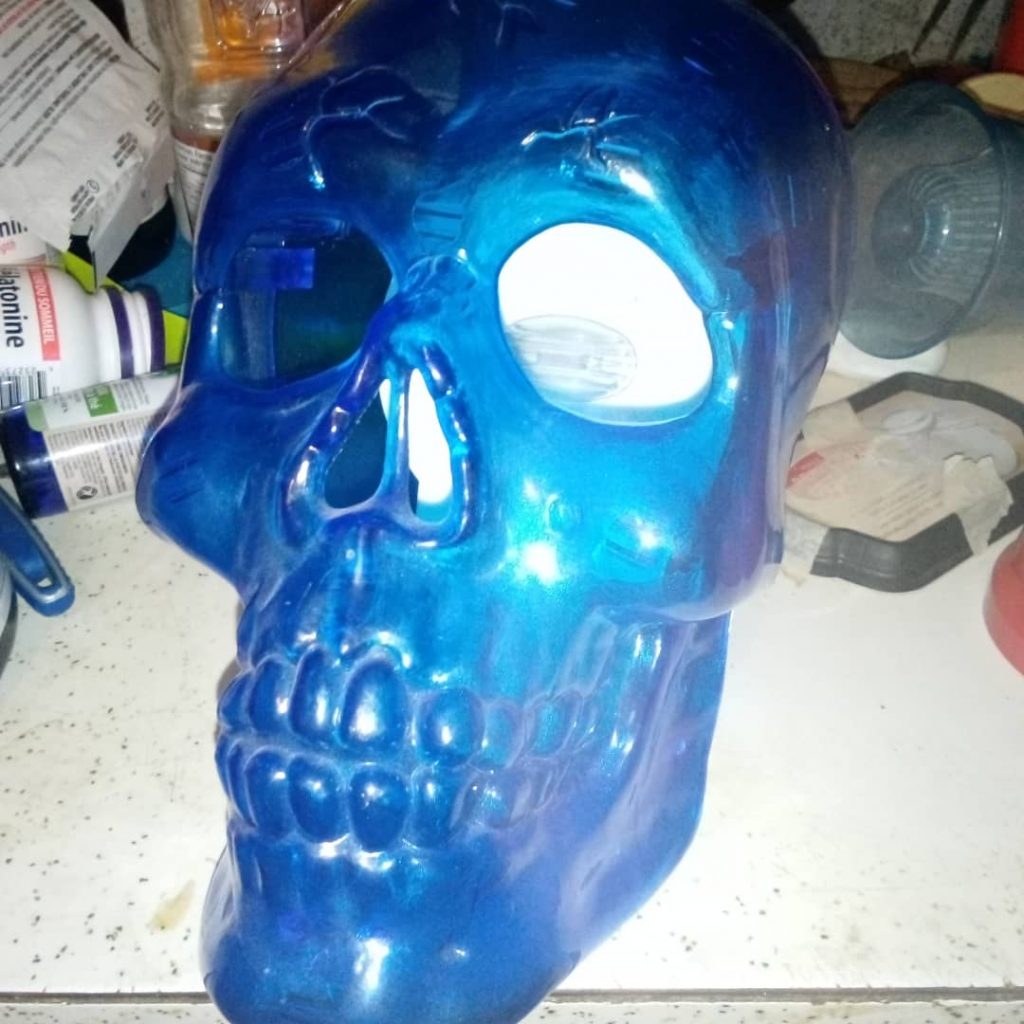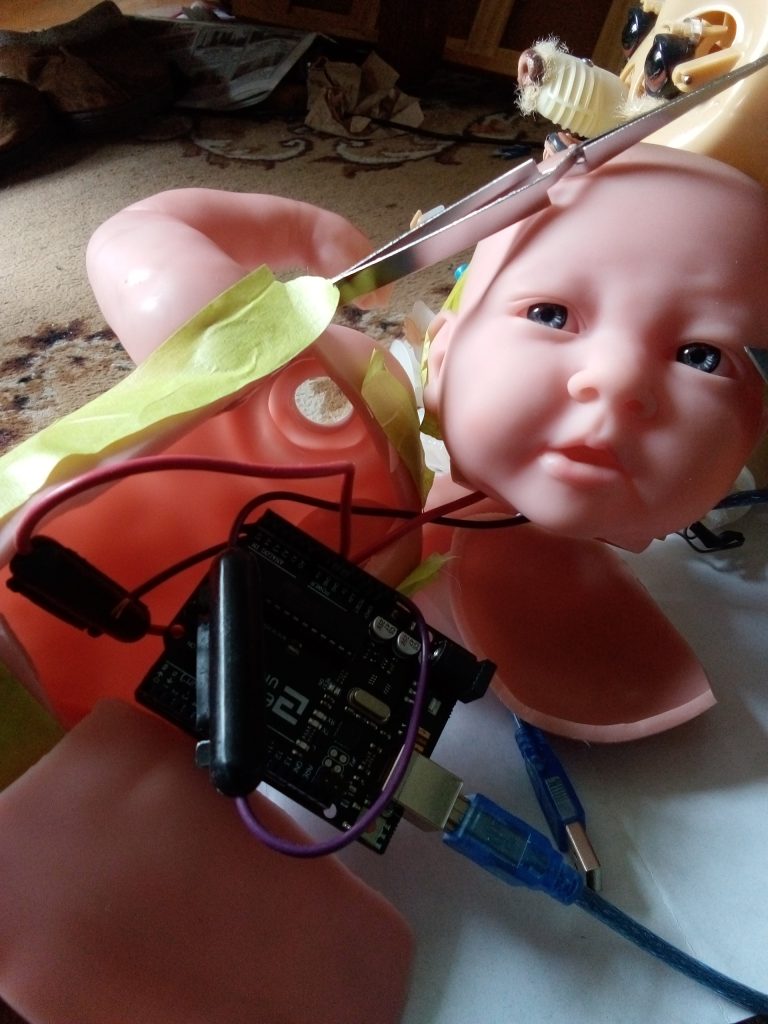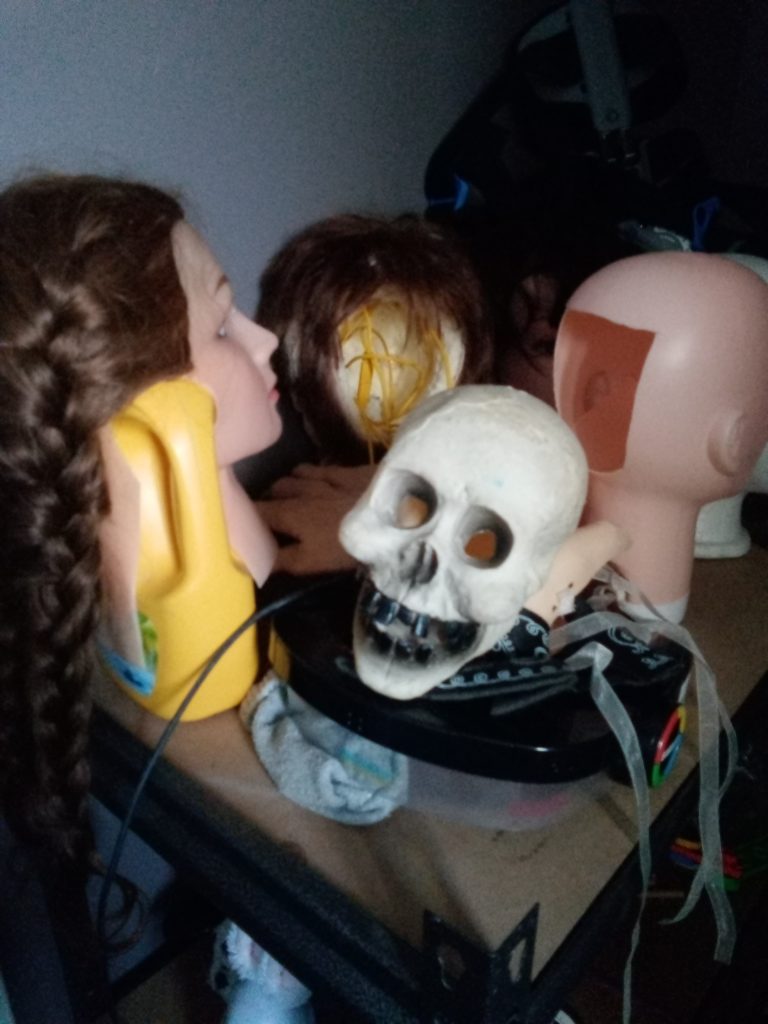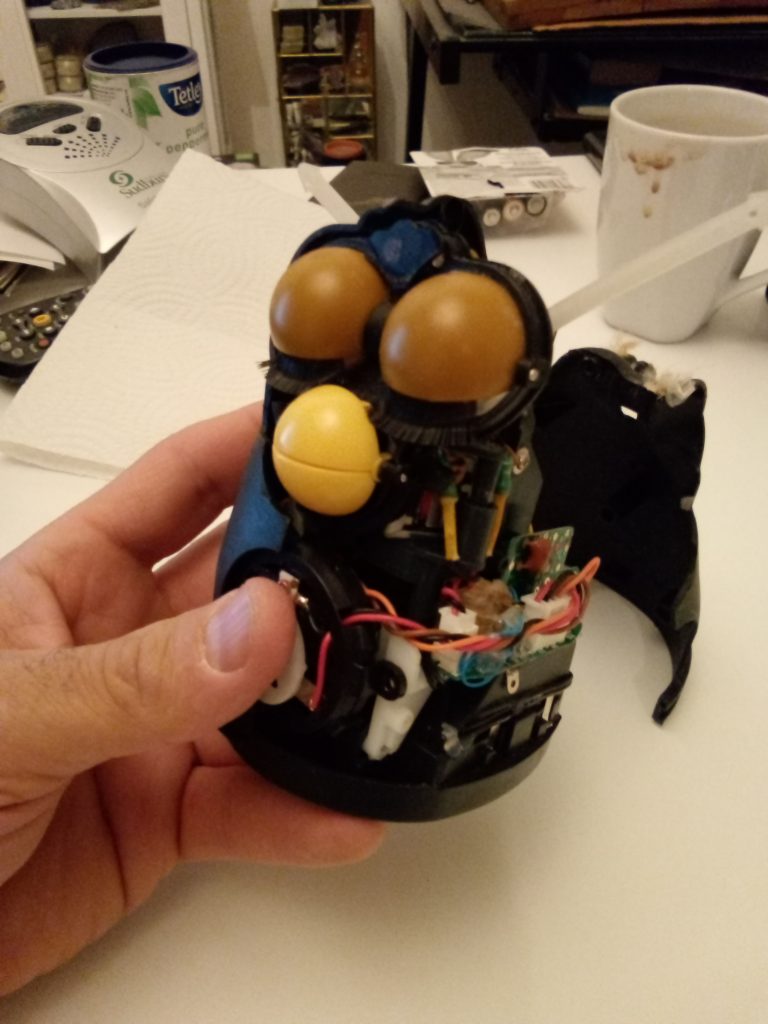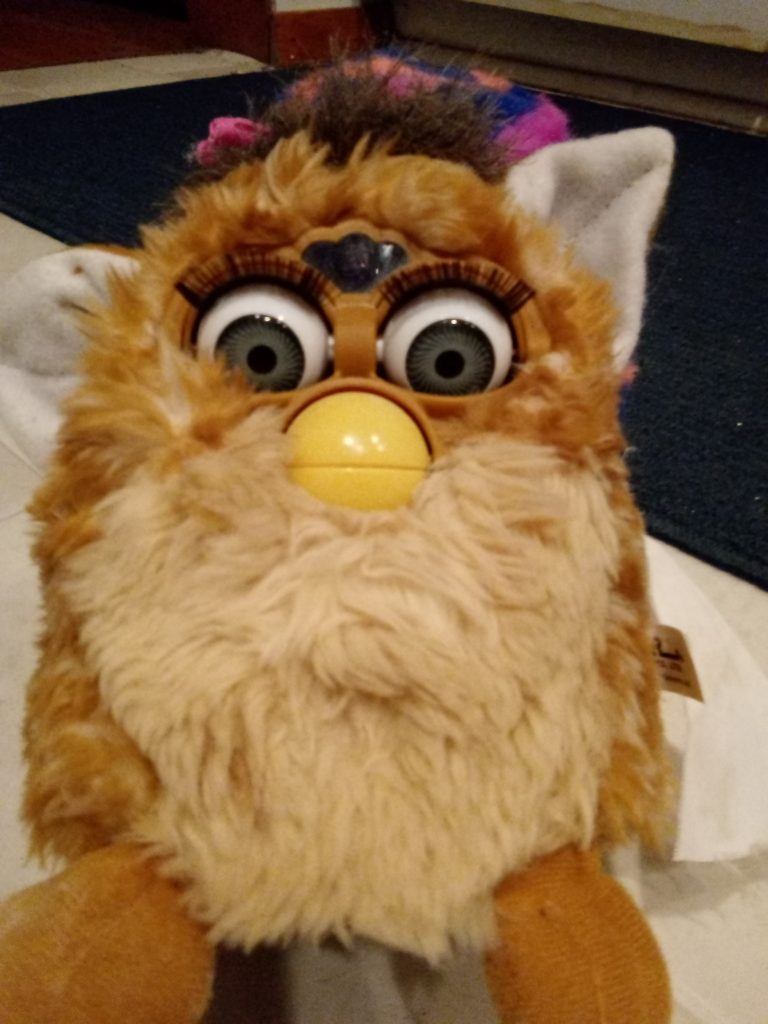Here we will talk about the head including the eyes, mouth, ears, eyebrows, skin/hair and how it is attached to the neck.
We are going to relate this to building the realistic robot so we will include talk about the inhalation or fake inhalation of air/breathing with possible chest compression along with the possibility of swallowing a liquid like coffee or skin movement for a smile or perhaps seeing the tongue and teeth.
Now you don’t need to know about every single bone in the human head but its good to know some of the basics for when you are building the head.
The robot head itself will probably be covered by some latex skin but you will have to allow for some ventilation and heat disipation from the electronic sensors that will be operating the eyeballs, eyelids, mouth and possibly more.
You may choose to simply buy a mannequin head and carve out an access area in the back or you may construct a head frame and put your components into it. This can be a trial and error thing or based mostly on keeping costs down.
Quality servos with metal gears will add to the weight as will making the head out of anything other than lightweight plastic or foam.
Now the head or skull of a human houses the brain and when a baby is born the skull is soft and fairly maleable but eventually becomes more solid.
So the adult skull has 28 bones with 14 bones forming the face and the other 14 in the skull mouth, ear etc.
The main parts of the skull bones are called the frontal bone, the left and right temporal bones, the occipital bone on top and the left and right parietal bones. Then you have near the cheek the left and right zygomatic bones the central sphenoid bone the nose or ethmoid bone and the mouth or the mandible and on both sides of it are the left and right maxilla. hen you have a few others like the 6 ear bones.
Your robot is mostly concerned with the major bones like the jaw or mandible that has to be made to move up and down with teeth and lips on it.
The robot eyes will be on some kind of a frame attached to servos and they will probably move together left and right and up and down with the eyelids probably opening and closing intermitently.
Some $50 toys like the early Furbys attached the mouth/beak to the eyelids so that they would basically move at the same time. So the eyes themselves did not move at all but the motion of the eyelid opening and closing gave the impression that the eyes were fully functioning.
The dancing Gemmy 5 foot dancing Santa claus dolls have songs and as the music plays the body sways with the arms and the mouth opens and closes giving the impression that the lips are in synch with the songs being sung. It is a rough approximation and good enough of a goal to shoot for in your under $5,000 robot humanoid.
The nose doesn’t usually do anything noin most robots unless you are building a gorilla type King Kong robot where you want to show a snarling face with the nose and mouth.
The same is with the ears although some 1950s ventriloquists dolls would have a rope to pull so that one ear would jiggle to indicate some kind of cute look or perhaps that it was hitting on the pretty human girl beside the ventriloquist and puppet.
But you can usually ignore the ears other than to have a hole in that spot and perhaps have some sensors located there. You will probably have ears and lobes as part of the pull on face latex skin.
Now the eyes are more complex of course for robots and humans.
The eye is much larger and round than what you see inside the sockets and the eyelids.
You can purchase perfect looking eyeballs for use in your robot online where they have perfect looking irises and even red thin veins on the white outside of the eye.
However if you really want a super realistic eye then you would have to add a wet look or somehow have moisture go onto the eye every few minutes and have a way to change the size of the iris if you really need to have that real look.
The parts of the eye include the pupil, iris, lens, cornea, conjunctiva, retina optic nerve, 6 muscles, the sclera and the vitreous humor liquid that gives the eye its shape.
There is the concept of cones and rods in the eye which isnt so important for our discussion but in robotics you will need to learn about vision systems and how your robot can distinguish colors and objects and eventually faces and make decisions on what it sees through either single cameras or stereo cameras.
Now the mouth is fairly simple in that you have the lower mandible which moves for chewing and speaking.
Teeth are attached to the upper bone and the lower mandible and you have lips on the top and bottom and a tongue and an adams apple and of course soft tissue on the sides of the mouth and a hard palate on top.
This kind of detail is not required in the robot unless you are really trying to make an impression and if that is the case you might as well have the robot drink some coffee, chew on and swallow a donut and maybe even let go of a burp or simulate coughing from eating too fast and pounding the robots chest with its hand.
So the robot can get teeth dentures online and you can decide how the mouth will move and if you need a farily realistic tongue to flap around while the robot talks.
But you may want to put some types of sensors on the tongue to detect hot liquids or even food that is too big or too spicy to eat.
It would be a good effect to have the robot say “wow that coffee is too HOT’ or to spit out some food if you are going for a boorish acting robot and it could even say “yuck that tastes terrible”.
Getting the food into the removable bag is just a matter of having some gears to move the food past the teeth and let gravity take it down the large enough pipe of the robot throat.
Now if you are trying to simulate chewing then you would need to have the mouth to not only go up and down but side to side in a rotational manner which is not that easy.
The robot skin would have to be flexible enough to show the enlarged cheeks and the mouth going side to side.
Now lets talk a little bit about the muscles in the human face because there are 30 of the
